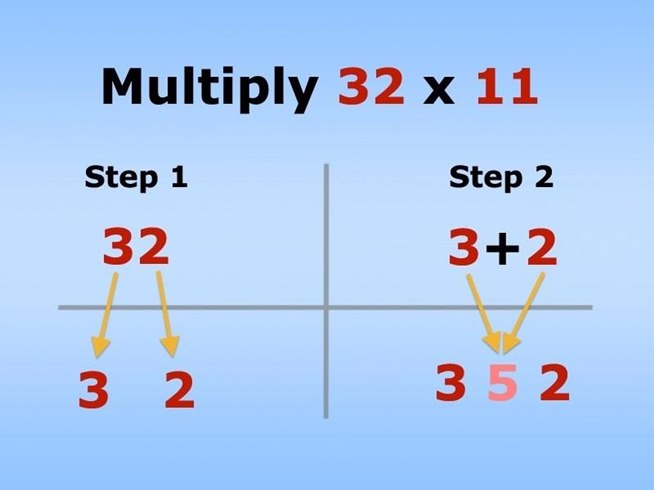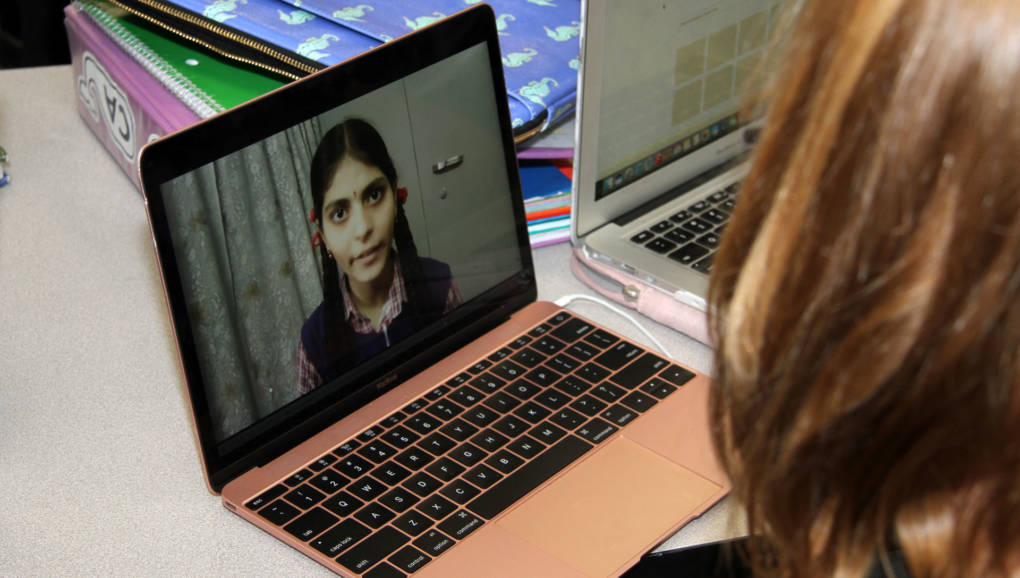There’s a simple way to connect with a challenging student, according to “
The Two-Minute Relationship Builder” from the July issue of
Education Update. Spend two minutes a day for 10 days having a personal conversation with the student. Talk about whatever topic interests him—sports, cars, family life, Legos, whatever—but keep discipline and academics off the table.
Lisa Kitzmann, a 3rd grade teacher in California, tried the strategy several times over the course of a year, and the results were surprising. As she developed a personal connection with the students she targeted, their behavior in the classroom improved—and so did her outlook.
“When you become closer with [children] who used to drive you absolutely crazy and you begin to understand why they’re acting the way they are, your attitude changes,” says Kitzmann.
The Two-by-Ten strategy is more than an icebreaker; it’s a trust-building exercise that goes both ways. At first, it can be difficult to break through, Kitzmann admits, especially when students affect the mood of the classroom or interrupt the learning that’s taking place. But by taking the time to really get to know the students, you can begin to uncover the reasons behind their misbehavior.
“Most often it is because [children] lack a sense of trust and respect for the adults who are supposed to be their role models or because they lack structure, routine, and discipline at home,” says Kitzmann. “We often forget that children need just as much respect as adults do—and they are taught by actions.”
By practicing Two-by-Ten, Kitzmann had the extra push to give her most disruptive students structured one-on-one time, and they responded by opening up to her on a whole new level. “When a child told me that he had to meet his dad at the police station for weekend visitation exchanges so his parents wouldn’t fight, it made me much more understanding of his situation,” she says. “He was dealing with grown-up issues and circumstances that were beyond his control. My sense of patience and self-motivation to instill safety for him in the classroom became more important than reaching him academically. The child had more to deal with than learning to write a complete sentence and not being disruptive. The only world he knows outside the classroom is a disruptive one.”
As Kitzmann emphasized in her article in Education Update, “you begin to see the child in a different light” when you initiate conversations that go beyond “how are you today, nice to see you.”
“Deeper conversations lead to a compassion that only comes when you invest your time, listening ears, and an open heart,” says Kitzmann. “The difference is learning about what’s in the inside of a child’s heart and head—not just focusing on the external casual talk that seems easy. [Children] know when you truly take those extra minutes to talk about their feelings on a personal level.”
For Kitzmann, Two-by-Ten wasn’t the answer to classroom misbehavior, but it was a start.
 Performing Arts, part of the Google Cultural Institute, is a website that allows you to experience music, opera, theater, and dance in 360 degree images and videos.
Performing Arts, part of the Google Cultural Institute, is a website that allows you to experience music, opera, theater, and dance in 360 degree images and videos.  Performing Arts, part of the Google Cultural Institute, is a website that allows you to experience music, opera, theater, and dance in 360 degree images and videos.
Performing Arts, part of the Google Cultural Institute, is a website that allows you to experience music, opera, theater, and dance in 360 degree images and videos. 


